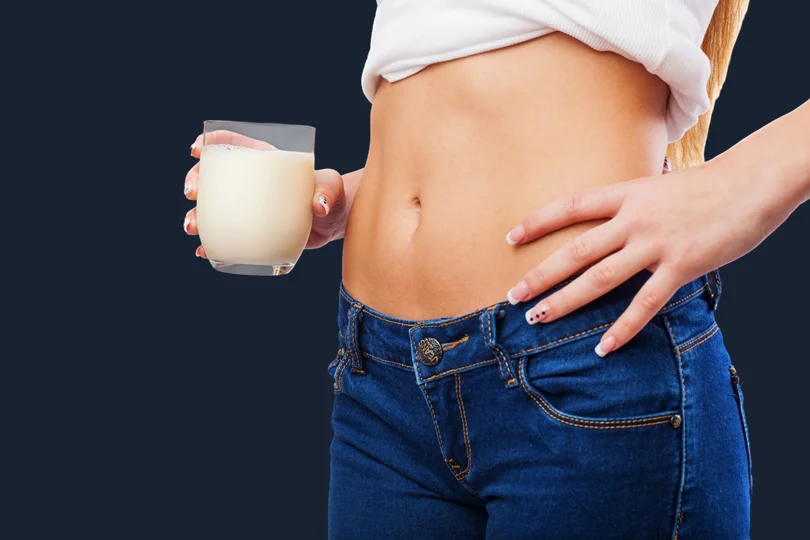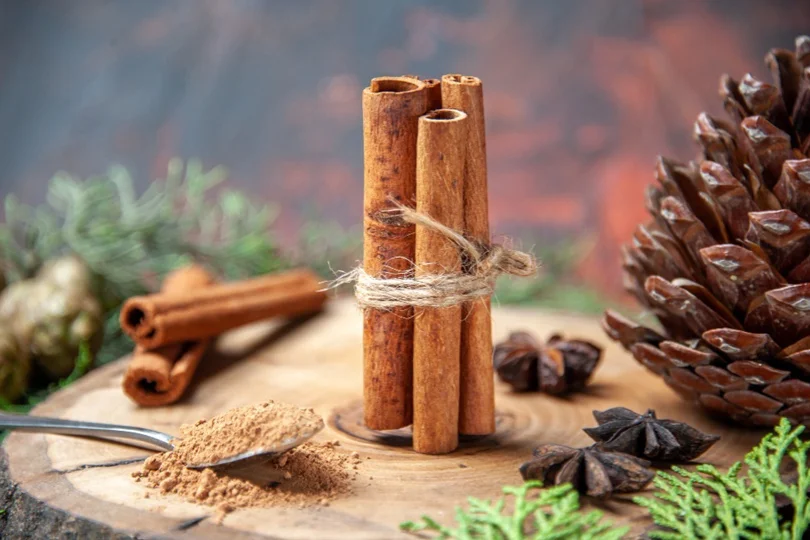
You probably know licorice as the intensely flavored candy, but the real story starts with the root of the Glycyrrhiza glabra plant, which grows mostly across Europe and Asia. This root is naturally an incredible 50 times sweeter than sugar, thanks to a compound called glycyrrhizin.
But licorice is much more than a natural sweetener. It’s packed with potent plant chemicals—like flavonoids and antioxidants—that have been staples in traditional medicine for centuries. Ancient cultures in China and the Middle East viewed it as a ‘harmonizing’ herb, something that could soothe a cough, settle a sour stomach, or even help the body cope with stress. In modern terms, we’d call it an adaptogen—it helps your system stay balanced and resilient.
If you’re curious about how this powerful root benefits the body beyond digestion, check out this in-depth guide on licorice extract benefits, which explores its uses in supplements and herbal wellness.
Licorice as a Natural Prebiotic
Think of your gut’s “good” bacteria as a garden. To thrive, it needs fertilizer. That fertilizer is what we call a prebiotic. While you often hear about prebiotics in foods like oats, garlic, or bananas, licorice has a secret weapon: some of its natural compounds act the same way.
When you drink licorice tea or take a supplement, parts of the root travel all the way to your large intestine, mostly undigested. Once licorice reaches your intestine, gut bacteria jump on its flavonoids and saponins, which they love to eat. It helps reduce inflammation, protect the gut lining, and boost your immunity.
What Licorice Does for Your Gut?
Researchers have found some interesting ways in which licorice helps your gut:
Helps Good Bacteria to Grow: Licorice is like a five-star meal for the friendly bacteria in your gut, especially the ones called Lactobacillus and Bifidobacterium. When these good bacteria grow, your digestion will also improve, as your gut is being protected.
Reduces Harmful Microbes: Research found that licorice limits the growth of harmful bacteria in your gut, which can cause stomach issues.
Builds a Strong Wall: Licorice helps your body create more mucin, that slick, protective coating along your intestines. Think of it as patching and reinforcing your gut wall. This means less irritation and a lower chance of having a “leaky gut.”
Calms Everything Down: Your gut bacteria take the stuff in licorice and turn it into tiny molecules that are anti-inflammatory. They essentially hit the mute button on digestive irritation, soothing your stomach and helping keep your immune system in balance.
How to Choose Licorice

If you’re looking for gut support, you need to know that how licorice is processed determines its safety and potency.
1. Regular Licorice
Regular licorice is the traditional form used in herbal teas and blends.
Pros: It has strong anti-inflammatory and antiviral effects. It’s great for short-term relief of sore throats and acute stomach upset.
Cons: Because of the glycyrrhizin, too much of this version can potentially raise blood pressure or lower potassium levels. If you have heart or kidney issues, this is the one you need to use with caution.
2. DGL – Deglycyrrhizinated Licorice
This form is the result of processing to remove most of the glycyrrhizin—the compound that causes side effects.
Pros: It’s much safer for long-term daily use and is still fantastic for digestion, heartburn relief, and supporting stomach ulcers. If you see “DGL” on a label, that’s the version most people use specifically for safe, ongoing gut support.
Cons: Since it’s milder, it might not have the same potent anti-inflammatory effects as the traditional version.
3. Licorice Extract Powders
Licorice extract powders or supplements are often used in supplements.
Pros: Licorice Extract Powders are easy to take and are usually used to improve strength, and they can be combined with probiotics for a better gut effect.
Cons: Quality may vary widely. Hence, always choose a reputable brand with verified sourcing to make sure you’re getting the most effective and proven licorice.
How to Get Started with Licorice Safely
A little licorice goes a long way. If you’re drinking tea, one cup a day is usually sufficient. If you use a supplement, always stick to the recommended dosage on the label.
The most important rule: If you have existing health conditions (especially heart or kidney issues) or take regular medication, talk to a healthcare provider before adding any form of licorice to your routine.
If your primary goal is the gentle, gut-friendly prebiotic support, focus your search on DGL licorice or supplements specifically marketed for digestive or prebiotic benefits.
About The Author:
Angel Guanzon is a Health & Wellness Contributor at HerbyGo, where she shares insights on herbal supplements, natural remedies, and holistic living. HerbyGo is a wellness brand that offers vitamins and supplements promoting natural health, balance, and vitality.
Photo Credit:
Photo 1, Credit to Freepik || Photo 2, Credit to Freepik (CC0 1.0)




